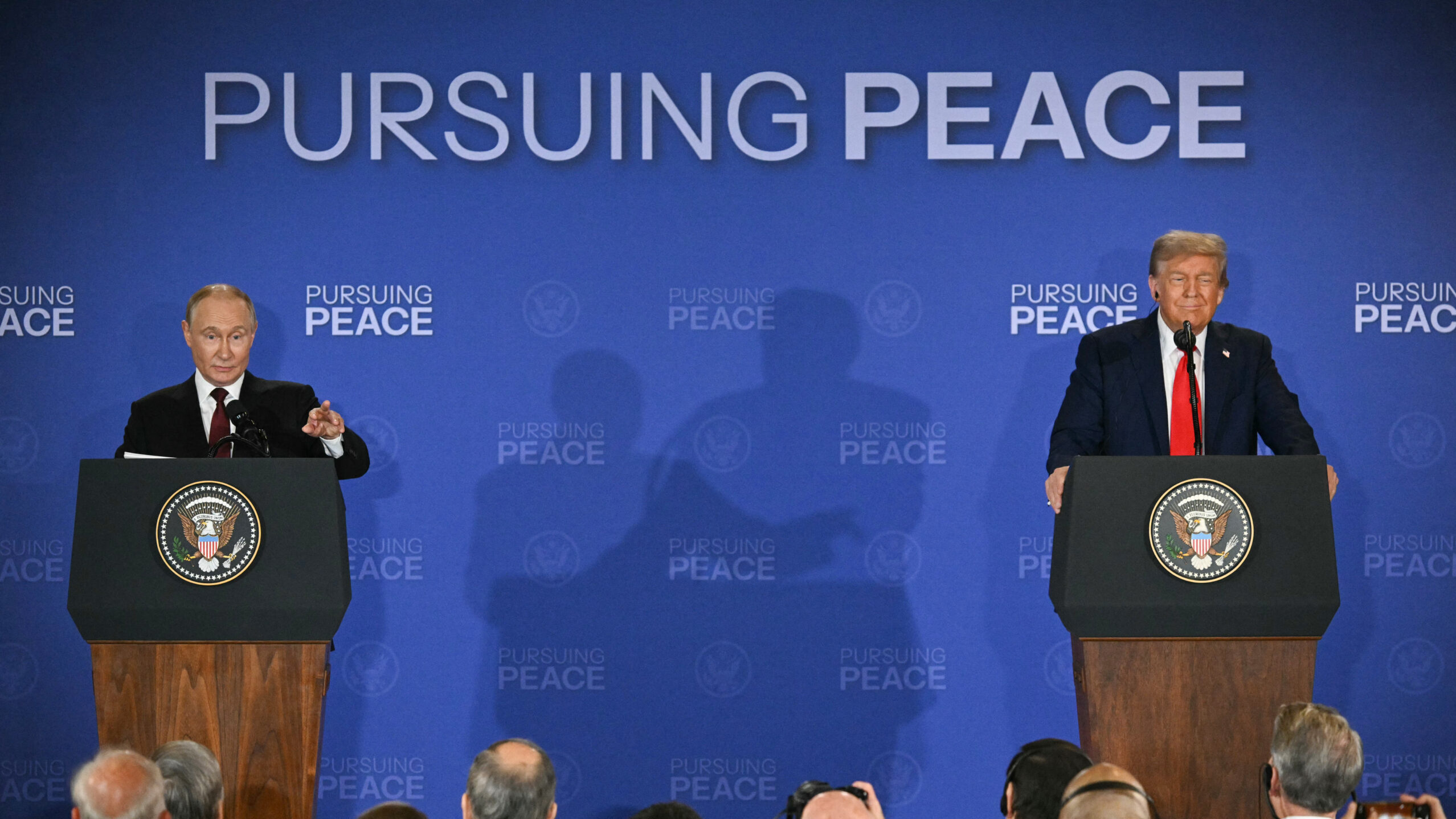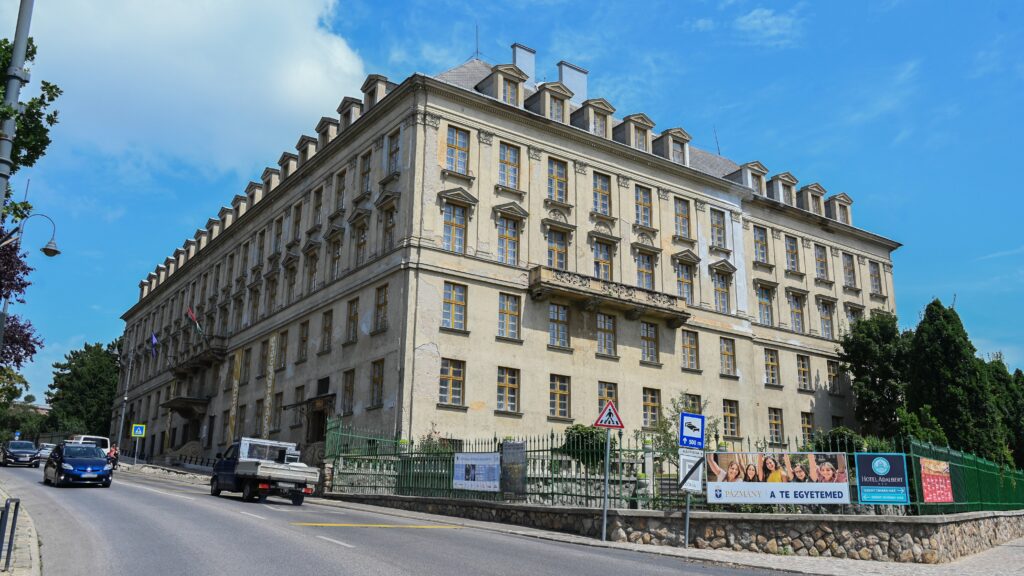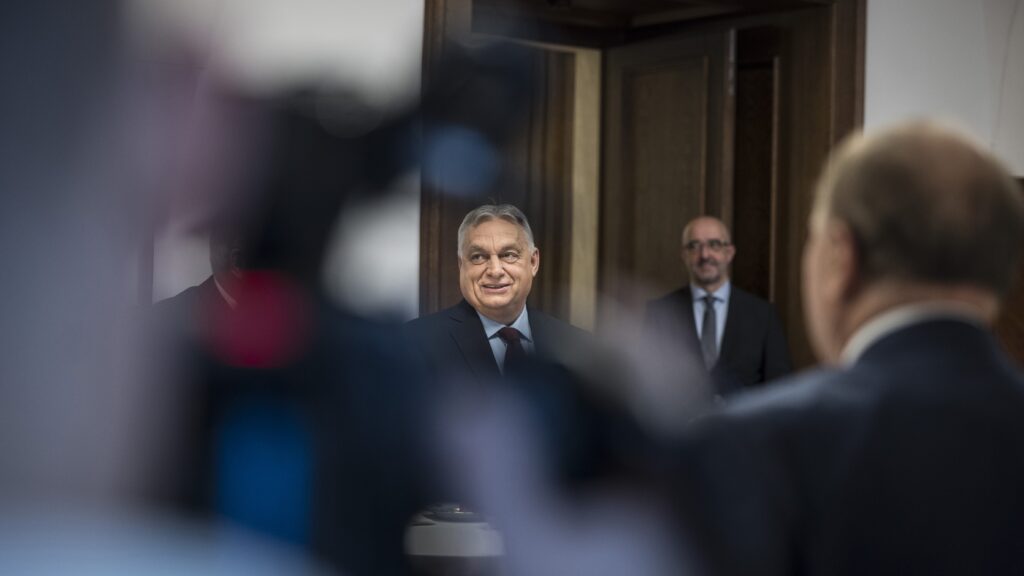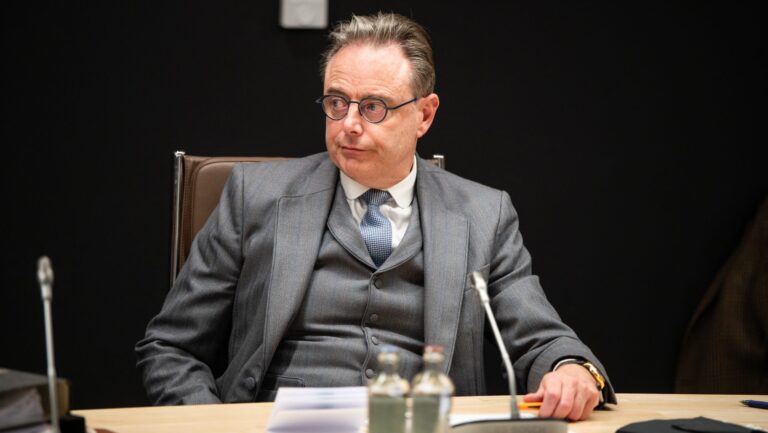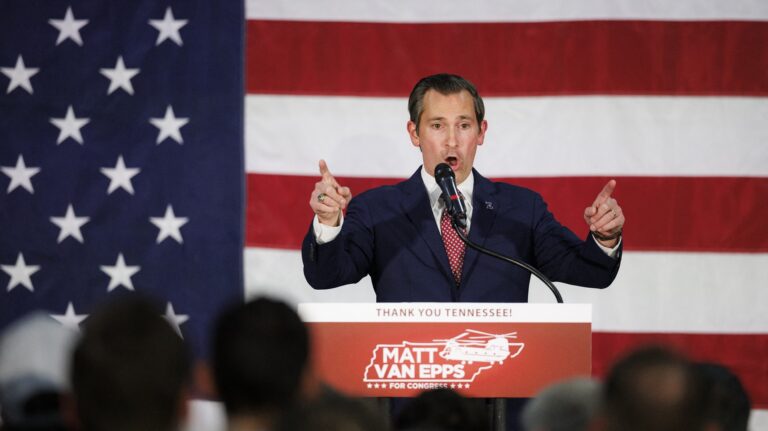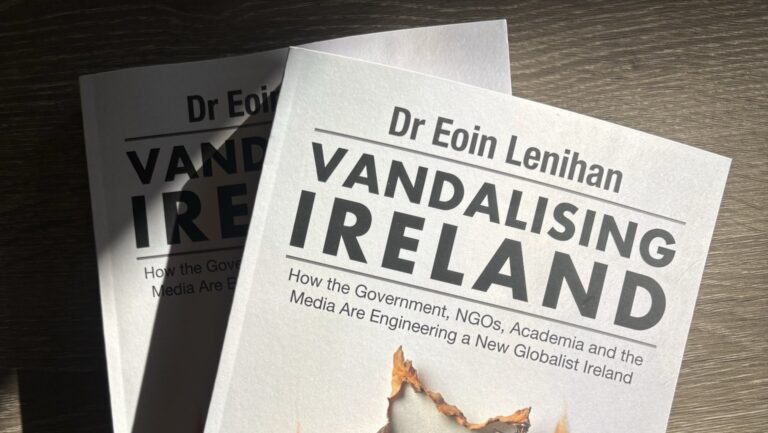Despite contradictory media reports, US President Donald Trump and Russian President Vladimir Putin will meet in Budapest, Hungary, a White House official said, speaking on condition of anonymity to discuss the plans. While mainstream outlets have reported in recent days that the summit was ‘called off’, Trump said on Tuesday that no decision had yet been made regarding the meeting, signalling that there is still a possibility for the Budapest summit to take place in the coming weeks.
See? You’ve just been scammed. Or have you? We don’t actually have an anonymous source at the White House. Or do we? In reality, Trump was talking about delaying the planned peace summit in Budapest. Or was he? In the narrative of the mainstream media, yes—but in context, he simply confirmed that he ‘doesn’t want a wasted meeting’—nor do we—and admitted that despite the difficulties, the summit hadn’t been fully called off.
Welcome to the world of information warfare. What is unfolding around the Budapest summit—announced just six days ago, last Thursday, by Trump, and later confirmed by both Hungarian Prime Minister Viktor Orbán and Russian President Vladimir Putin, who are real people and were not speaking on condition of anonymity—is a perfect example of how (dis)information and narrative manipulation have become the defining forces of our time. And we must admit that Western countries have learned a great deal from Russia in that regard over the past decade. In less than a week, the media—backed strongly by the European Union and Kyiv—has spread so many half-truths and ambiguous leaks about the Budapest summit that it genuinely threatens to derail the peace process.
How to Sabotage 101
Analysing what has happened since last Thursday provides a playbook for how such sabotage is executed. Immediately after the announcement, reactions from the EU and Western European countries were cautiously positive, with a European Commission spokesperson stating that the Commission ‘welcomes the Budapest summit if it can help end the war in Ukraine,’ noting that Putin is not subject to an EU travel ban. They also emphasized that member states may grant derogations to allow the Russian president’s aircraft to transit their airspace en route to the summit.
Then came Friday, when Ukrainian President Volodymyr Zelenskyy met Trump at the White House. While indications suggested that the meeting did not go smoothly—for example, Zelenskyy talked to the press outside the White House afterwards—official communications from both sides described the talks as constructive, despite Trump backing off from supplying Kyiv with Tomahawk long-range missiles.
Meanwhile, Hungarian Minister of Foreign Affairs and Trade Péter Szijjártó announced that preparations were well underway for the Trump–Putin meeting after discussing the issue with Kremlin advisor Yuriy Ushakov. Orbán also held a phone call with Putin regarding the summit. Everything appeared to be on track.
‘As the EU ramped up diplomatic pressure, mainstream media outlets began to muddy the information space with anonymous leaks’
According to media reports at the time, while the European Union publicly maintained a positive tone, it was internally seething—desperate either to secure a seat at the negotiating table or to prevent the meeting altogether. Anonymous EU officials told Bloomberg that leaders were exploring ways to adopt a tougher stance on Russia and limit Putin’s influence over Trump during the summit. Meanwhile, hawkish member states sprang into action: Polish Foreign Minister Radosław Sikorski declared that Poland would arrest Putin if his plane entered Polish airspace, while members of the Coalition of the Willing began intensive consultations with Zelenskyy. ‘The fact that an EU member state, still bound by the International Criminal Court, invites President Putin is not only distasteful—it shows that Hungary no longer positions itself as part of the West,’ Sikorski said, fuelling unwanted tensions. EU foreign policy chief Kaja Kallas described the planned Budapest meeting as ‘not nice’ and urged Trump to put pressure on Putin.
As the EU ramped up diplomatic pressure, mainstream media outlets began to muddy the information space with anonymous leaks. On 19 October, the Financial Times reported that the Trump–Zelenskyy meeting had gone disastrously, with the American president allegedly shouting, swearing, and throwing maps of the frontline, demanding that Zelenskyy capitulate to Putin’s terms or face destruction. The report relied entirely on anonymous sources—quickly contradicted by other equally anonymous denials the following day.
Over the weekend, Trump himself stated that he expected an immediate freeze of the frontlines and a ceasefire from both sides. Zelenskyy supported the idea, saying he was ‘ready to join’ Trump and Putin in Budapest, while EU leaders promoted their own August peace plan for Ukraine, initially floated ahead of the Alaska summit between Trump and Putin. Kremlin spokesman Dmitry Peskov, however, said on Monday that Putin’s position on the ceasefire remained unchanged since Alaska, insisting that Russia claimed full control over the Donbas region.
Also on Monday, the EU Foreign Affairs Council and EU energy ministers met in Luxembourg, signalling their intent to move forward with plans to confiscate frozen Russian assets to fund military and financial aid for Kyiv, approving a proposal to phase out Russian energy imports by 2028 and preparing the 19th sanctions package against Moscow. After the meeting, Szijjártó claimed that many in the EU were ‘not interested’ in the Budapest summit or its success and were doing everything possible to prevent it from happening.
Still on Monday, US Secretary of State Marco Rubio spoke with Russian Foreign Minister Sergey Lavrov to ‘discuss next steps following the 16 October call between President Trump and President Putin.’ ‘The Secretary emphasized the importance of upcoming engagements as an opportunity for Moscow and Washington to collaborate on advancing a durable resolution of the Russia–Ukraine war, in line with President Trump’s vision,’ the statement read. Despite growing pressure from Ukraine and the EU, there was still no sign of the summit being cancelled.
Distortion Fuels Uncertainty
Then, on Tuesday, The Hill dropped a bombshell: ‘There are no plans for President Trump to meet with Russian President Vladimir Putin in the immediate future,’ a White House official told The Hill following a call between Rubio and Lavrov. The story was immediately amplified across mainstream outlets, taken at face value, and reported as fact. Yet every official statement at the time still indicated that preparations for the summit were continuing. Notably, no specific date for the meeting had ever been announced—Trump had only said it would take place within ‘the next two weeks’, which, in his vocabulary, could mean simply ‘sometime soon’.
On Tuesday, Trump, commenting on the reports, stated that he did not want a ‘wasted meeting’ and that no final decision had been made. The Kremlin echoed the sentiment, stating that neither Putin wanted an unproductive meeting, adding that one cannot postpone something that was never formally agreed upon. Prime Minister Viktor Orbán also addressed the reports on Wednesday, saying: ‘FM Szijjártó is in Washington, and preparations for the Peace Summit are ongoing.’ He acknowledged that the date remained uncertain but added: ‘When the time comes, we will host it.’
Zoltan Kovacs on X (formerly Twitter): "🕊️@PM_ViktorOrban: @FM_Szijjarto is in Washington. Preparations for the Peace Summit are ongoing. The date is still uncertain - but when the time comes, we will host it.And of course, tomorrow at the Peace March, we will show the world that it's no coincidence Budapest was... pic.twitter.com/CcuRWhbsEc / X"
🕊️@PM_ViktorOrban: @FM_Szijjarto is in Washington. Preparations for the Peace Summit are ongoing. The date is still uncertain - but when the time comes, we will host it.And of course, tomorrow at the Peace March, we will show the world that it's no coincidence Budapest was... pic.twitter.com/CcuRWhbsEc
Szijjártó posted on X that ‘it was obvious that many would do everything possible to stop [the summit] from happening,’ adding that the ‘pro-war political elite and their media always behave this way before events that could prove decisive between war and peace.’ He concluded: ‘Until the summit actually takes place, expect a wave of leaks, fake news, and statements claiming that it won’t happen.’
After six days of intense diplomacy and counterdiplomacy surrounding the Budapest peace summit, the picture remains unclear. It may appear that Trump has lost the momentum following the breakthrough Israel–Hamas ceasefire earlier this month—particularly as that deal now risks collapse—but the obstacles to progress on Ukraine are not merely diplomatic or strategic. Russia’s refusal to compromise is certainly one factor, but the deliberate, coordinated effort by the EU, Western media, and Kyiv to undermine dialogue has proven equally, if not more, effective in sabotaging any path to peace.
Related articles:

